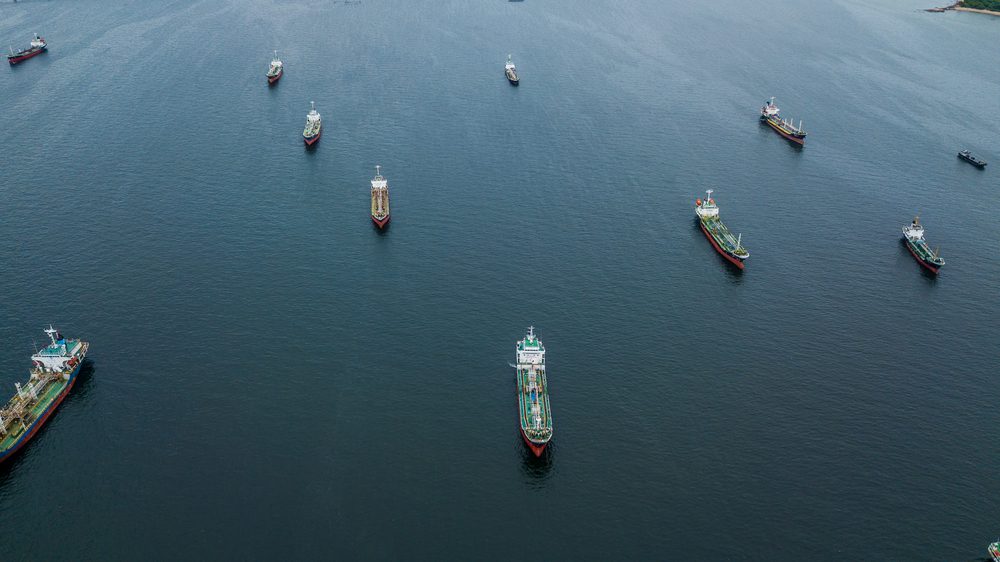By Jack Wittels (Bloomberg) —
Europe is bringing in diesel cargoes from around the world at close to a record pace ahead of the coming ban on shipments from its biggest external supplier.
In the first 10 days of this month, the UK and European Union imported more than 16 million barrels of diesel-type fuel via ship — a rate that, if continued, would make December’s total the second-highest since at least the start of 2016, according to data provided by Vortexa Ltd. and compiled by Bloomberg.
Europe is structurally short of diesel and has long relied on others for imports. With much of December’s arrivals coming from Asia and the Middle East, the shipments provide a glimpse into how the region might get by after EU sanctions banning seaborne deliveries from Russia take hold in February.
Close to half of December’s diesel imports so far — about the same ratio as November’s — came from Russian shipping facilities. That means the EU still has a long way to go before it completely weans itself off the country’s fuel.
It remains to be seen whether early December’s staggering level of imports will be maintained. Forward-looking data from Vortexa currently puts average arrivals for Dec. 1-15 at about 1.8 million barrels a day.
If that were to continue through year’s end, the final month of 2022 would see the highest deliveries since at least 2016 — surpassing the October surge, when strikes at French refineries led to an import jump.
The overwhelming majority of non-Russian deliveries of diesel-type fuel into the UK and EU are coming from the Middle East and Asia — including Saudi Arabia, the United Arab Emirates and India. More are en route, including a supertanker that recently loaded at least some diesel in the Middle East and now is sailing for Rotterdam.
Russia’s primary non-EU diesel buyer is Turkey, which also is an exporter.
Turkey potentially could function as a middleman, importing Russian diesel for domestic consumption and exporting product made in its own refineries to Europe, according to consultancy Facts Global Energy.
The majority of diesel exports from Russian facilities still flow to the EU, much of it to the Amsterdam-Rotterdam-Antwerp area, northwest Europe’s oil trading hub.
December is the last month that traders of ICE Gasoil — Europe’s main diesel futures market — will be allowed to deliver physical Russian fuel into storage locations in the ARA region through these contracts. That potentially creates an incentive for anyone looking to sell Russian barrels this way to get it done quickly.
Not all Russia-made fuel is always exported from the country’s ports — some can be shipped via other countries, and that isn’t included in the statistics used here.
© 2022 Bloomberg L.P.
Unlock Exclusive Insights Today!
Join the gCaptain Club for curated content, insider opinions, and vibrant community discussions.

 Join The Club
Join The Club













